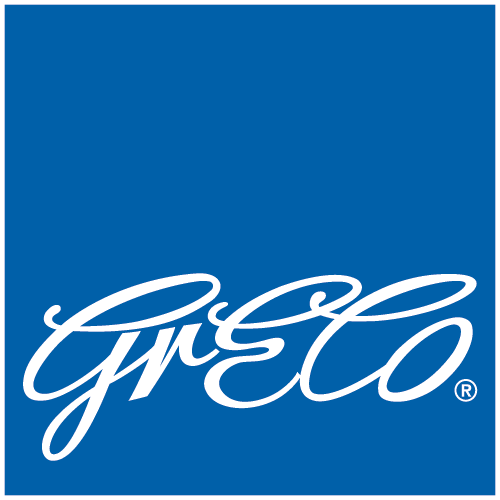When established risk transfer solutions weaken, the search for alternatives begins. Can captives be an answer to the changes in the insurance market? Thomas Mayer, Managing Director of the insurance broker VMG, explores this question.
The hardening of the industrial insurance market with rising premium costs, a shortage of capacity and restrictions in the scope of coverage has long since arrived in Austria ─ to stay for the time being. Industrial property and business interruption insurance continue to be particularly affected.
“Captives & Virtual Captives in High Demand” was the headline in last October’s Spotlight issue. As a reminder, a captive insurance company, or captive for short, is an insurance or reinsurance company that primarily assumes the risks of the owners. There is continued interest from major industry in these alternative financing models, in response to global developments in risk transfer. So let’s take a closer look at captives.
Reinsurance captive as alternative risk financing
There are different types of captives. In October, we took a brief look at “protected cell” and “virtual captives”. This time, I would like to focus on the form that is most widely accepted internationally, the reinsurance captive. Worldwide, about 80% of captives are structured as reinsurance companies. In this model, a professional primary insurer is required to provide the usual services in the insurance business, such as policy issuance and claims handling.
Nowadays, so-called non-proportional solutions are usually chosen. This means that the captive bears 100 % of the risk up to a certain threshold value to be individually defined. As soon as this threshold is reached, the further losses are again borne 100 % by other insurers.
Of the various structuring options, I will briefly describe the simplest ─ and this is often the best:
The advantages of such a simple structure are on one hand the simple and transparent calculation of the worst case scenario for the policyholder. Example: The annual maximum per insurance line is 2.5 million EUR in ALL RISK, and 1 million EUR each in liability and cyber, etc. On the other hand, the company can participate in a good claims history. This means that if the claims are lower than the captive self retention, the resulting profits remain with the policyholder. Last but not least, a certain independence from market fluctuations can be achieved with the right structuring and the right choice of captive coverage.
Good things take time
Captives are not suitable for a quick fix, because there are essential requirements to be met when setting up a captive. So, the captive must be very well embedded in the policyholder’s group, ideally directly under the holding company. This is particularly important for controlling, i.e., calculating deductibles and carrying ownership, as well as for monitoring claims. Since risks are borne up to the identified threshold value, risk management also plays a very important role.
Furthermore, the regulatory environment has to be considered. The captive is an insurance company and is therefore subject to relevant rules, in the EU this is the so-called Solvency II. Depending on the selected location of the captive, for example, the calculations of the capital adequacy or the premium requirement are influenced by the respective regulatory provisions.
What risks can a captive insure?
The good news is that, in principle, any risk can be insured via a captive. The only problem is the underwriting of the Directors & Officers insurance. If shareholders make a claim for damages, this would otherwise have to be paid in part by the group itself. However, captives can also underwrite risks that are either not available at all on the insurance market or can only be placed on very poor terms.
In any case, careful calculation of all key contractual parameters and risk management are of decisive importance.
Key question: What are the costs of a reinsurance captive?
The annual costs depend on one hand on the size of the group and on the other hand on the selected captive domicile, i.e. the country in which the captive is established. In general, the annual costs are between 75,000 and EUR 150,000 EUR.
There are more than 7,000 captives worldwide, around 50 % of which have a premium volume of less than 5 million EUR. In 25 % of them, the premium volume is between 5 and 20 million EUR. The remaining 25 % insure risks with a premium volume of more than 20 million EUR.
Conclusion: With a long-term commitment to ownership and mature risk management, captives are definitely interesting as alternative risk financing also for large Austrian companies.
Advantages of a captive at a glance
Related Insights
Pillar of Our Strategy Is Specialisation – Interview With Georg Winter
Georg Winter offers some insights into his vision for GrECo. Interview was originally published in Lockton Global Partners Magazine.
‘Our only focus is on our client’s and people’s needs’
Ante Banovac shares his thoughts about future risks facing the insurance industry and the state of the insurance market in Serbia, Slovenia and Croatia
How bad was drought this year in your region and how much insurance would help to protect against losses?
Such a big drought leads to many negative consequences in many industries, especially in agriculture, energy, logistics, and forestry.

Thomas Mayer
Financial Institutions
T+43 5 01 00 78013

